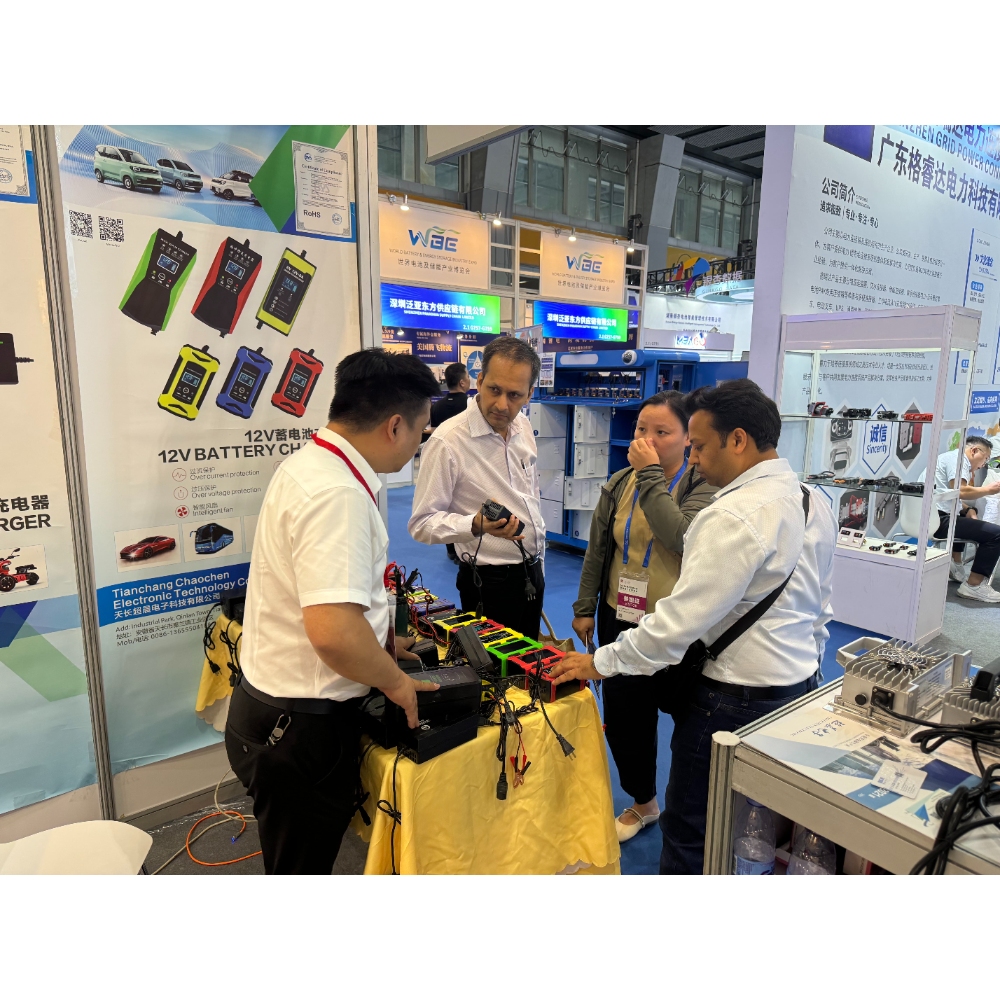When choosing a cargador de batería de plomo, 12V and 24V chargers are two common options. Their main differences lie in battery voltage, charging current, power output, and applicable scenarios. Batteries with different voltage requirements require chargers with different specifications to ensure charging efficiency and safety. This article will explore the main differences between 12V and 24V lead-acid battery chargers to help users choose the right charger for their needs.
Voltage Requirements
The most obvious difference between 12V and 24V lead-acid battery chargers is their voltage output. 12V chargers are designed for 12V lead-acid batteries, while 24V chargers are designed for 24V lead-acid batteries. The difference in battery voltage determines the charger design and output voltage, so using an incompatible charger may result in battery damage or poor charging performance.
12V chargers: Suitable for 12V batteries, they are commonly found in cars, motorcycles, portable devices, and other applications. 24V chargers: Suitable for 24V batteries, commonly used for large-capacity battery packs such as electric forklifts, electric buses, and solar energy storage systems.
Charging Current and Power
Due to differences in battery voltage, the output current and power of 12V and 24V chargers also differ. 24V lead-acid batteries require more current to charge, so 24V chargers typically have higher power output.
12V chargers: Generally have lower output current and are suitable for small batteries, with power typically ranging from tens to hundreds of watts.
24V chargers: Offer higher output current and typically higher power, reaching hundreds of watts or more, making them suitable for battery packs requiring higher power.
Tiempo de carga
Because 24V lead-acid batteries typically have a larger capacity than 12V batteries, charging times may be slightly longer when using a 24V charger. However, this difference is not directly due to the charger voltage, but rather to differences in battery capacity and charging current.
12V chargers: Due to their lower current output, charging times are typically shorter, making them suitable for small batteries and light-load devices. 24V Charger: Although larger batteries require a longer charging time, the charger must output more current to ensure a full charge.
Application Scenarios
12V and 24V lead-acid battery chargers differ in their application scenarios. 12V battery chargers are primarily used for low-power devices, while 24V battery chargers are suitable for devices with higher power requirements.
12V Chargers: Primarily used for small battery packs, such as car starting batteries, motorcycle batteries, UPS power supplies, and household appliances.
24V Chargers: Primarily used for high-power devices and industrial applications, such as electric forklifts, power tools, solar energy storage systems, and electric boats.
Charger Design and Construction
The design and construction of a 24V charger is generally more complex than that of a 12V charger. This is because a 24V charger must withstand a higher operating voltage, requiring more sophisticated circuit design and higher safety requirements.
12V Chargers: With a simpler structure, they are suitable for average home users and small devices. 24V chargers: These typically feature a more complex design and require additional protection features, such as overload and short-circuit protection.
Cost Difference
Due to differences in design and manufacturing complexity, 24V lead-acid battery chargers are typically more expensive than 12V chargers. This is not only due to the product itself, but also due to their higher power output and additional safety features.
12V chargers: These are generally more affordable and suitable for everyday home use.
24V chargers: These are more expensive and primarily targeted at industrial and commercial applications, and for equipment requiring high voltage support.
12V and 24V lead-acid battery chargers are each suited for different battery systems. Cargadores de baterías de plomo de 12 V. are suitable for smaller batteries, are widely used, and are more affordable; 24V chargers, on the other hand, are suitable for equipment requiring higher power, have more powerful features, and are more expensive. Choosing the right charger is crucial to ensuring the long-term stability and performance of your battery. When purchasing, make an informed decision based on the battery voltage and actual needs.










